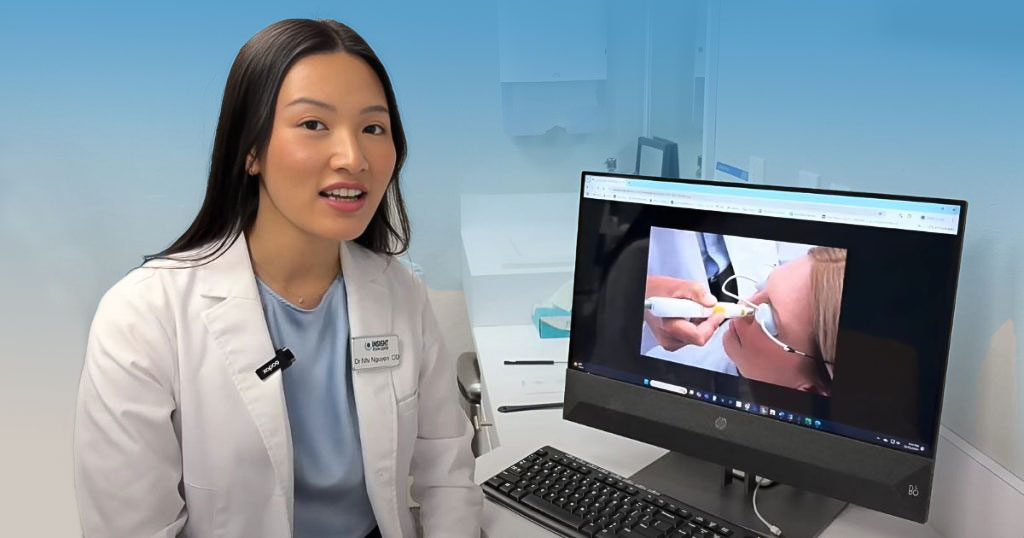
Reading about dry eye and its connection to light sensitivity is crucial for anyone suffering from discomfort in bright environments. At Insight Vision Center Optometry, we prioritize your eye health by helping you understand how this common condition may affect your everyday life and well-being. Our Eye Doctors are here to guide you through potential symptoms, diagnoses, and effective treatment options tailored to your unique needs.
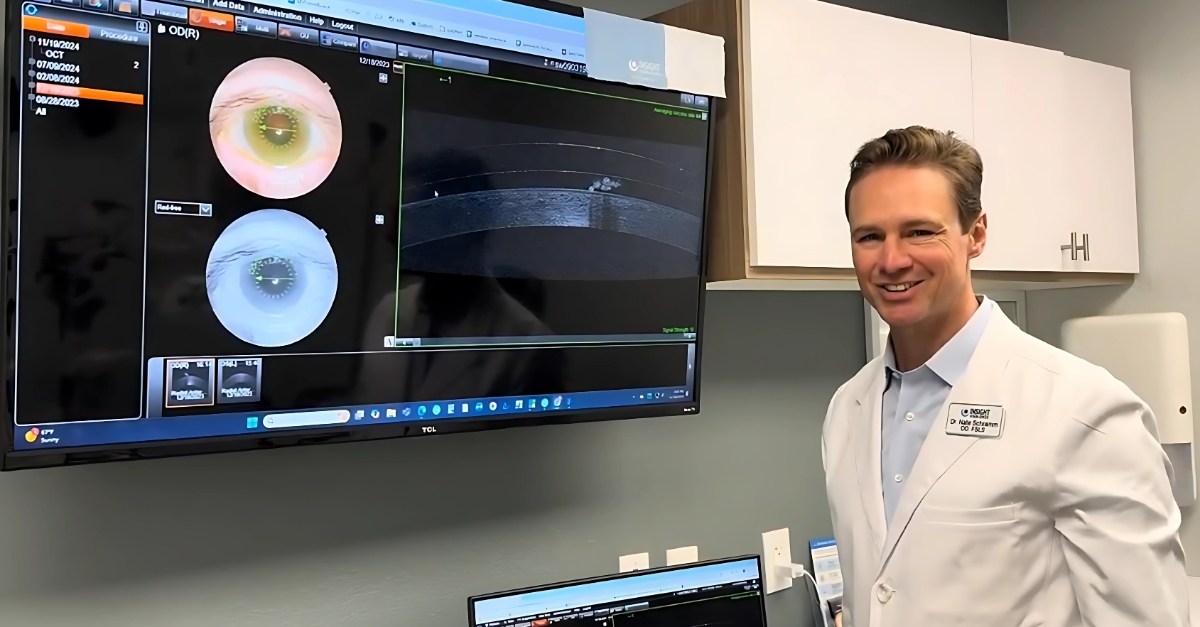
How Dry Eye Affects the Eye’s Protective Barrier
Our eyes are normally protected by a smooth, stable tear film composed of water, oils, and mucus. This film not only lubricates the surface of the eye but also plays a pivotal role in refracting light properly so that it reaches the retina without undue scattering. When this protective layer is compromised due to dry eye, the ocular surface becomes irregular, disrupting the controlled refraction of light and allowing excessive scattering, which can trigger symptoms of light sensitivity.
Here’s the thing: without enough quality tears, the eye’s surface can develop small erosions and inflammation. This means that even everyday light sources like fluorescent bulbs, computer screens, or sunlight may cause discomfort, forcing your eyes to work harder to focus. As a result, you might find yourself squinting or avoiding bright areas altogether.
Exploring the Connection: Dry Eye and Photophobia
Photophobia is the medical term for light sensitivity—a condition where the eyes hurt or feel uncomfortable when exposed to light. Many individuals with chronic dry eye experience photophobia, which is thought to be linked to both the compromised tear film and the irritation of nearby nerve pathways. In particular, the trigeminal nerve, which plays a role in sending sensory information from the eyes to the brain, may become inflamed in dry eye conditions. This inflammation can amplify sensations of discomfort when light enters the eye.
The interplay between a disrupted tear film and nerve stimulation is significant, because when the tear film deteriorates, the eye loses its smoothing effect. This loss can expose nerve endings to light stimuli, further intensifying discomfort. Essentially, the very protection that once regulated how light is processed becomes impaired, leading your eyes to send distress signals to your brain more readily.
Common Symptoms of Light Sensitivity Due to Dry Eye
Dry eye-related photophobia can manifest in several ways.
Many people observe the following symptoms:
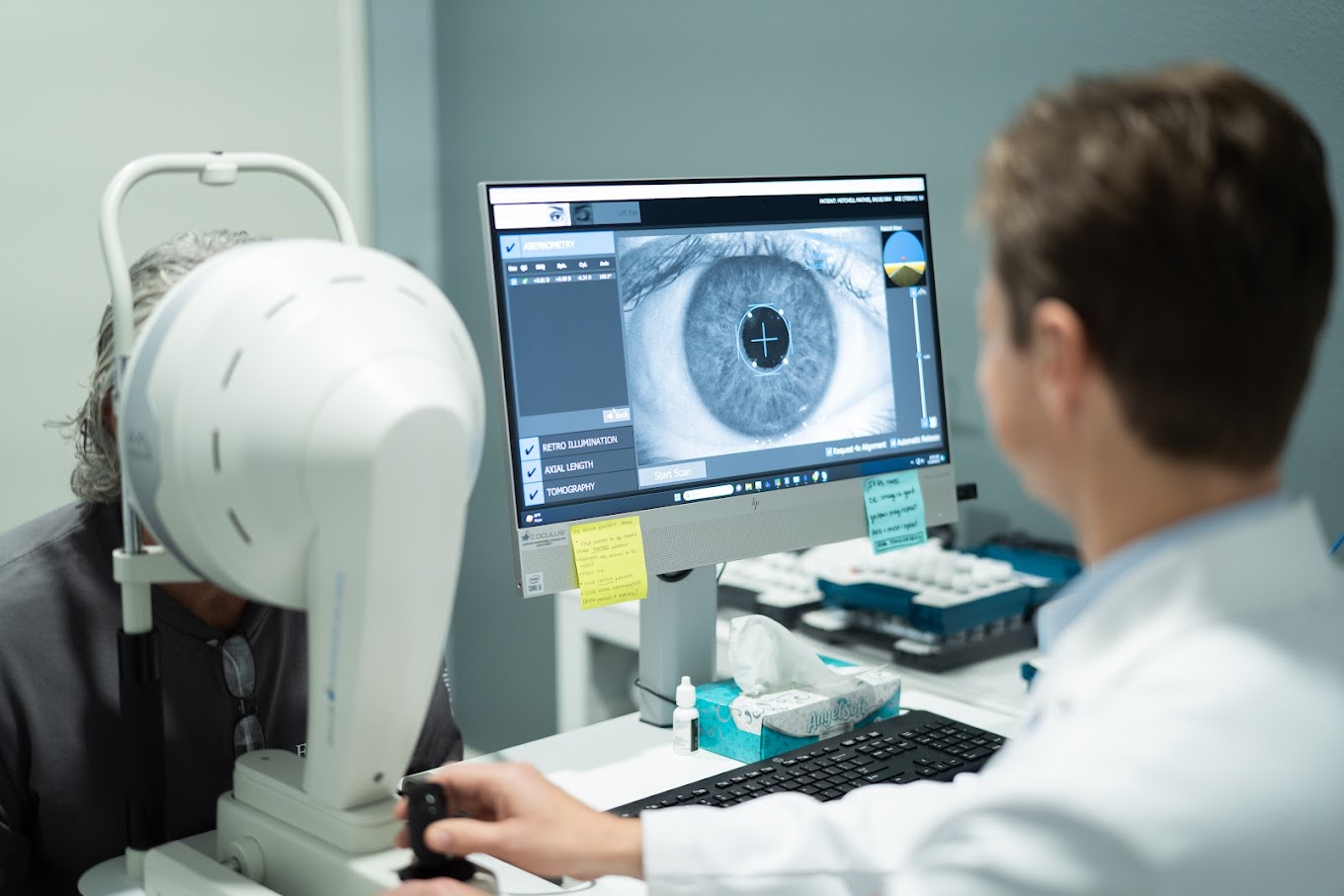
How Does Dry Eye Lead to Light Sensitivity?
Let’s break it down further. In a healthy eye, tears are continuously produced to form a stable film on the eye surface. This film acts as both a lubricant and a natural barrier against irritants, while also aiding in properly refracting incoming light. However, in dry eye disease, two primary issues may arise:

The Role of the Trigeminal Nerve in Dry Eye-Related Photophobia
Another intriguing element is the involvement of the trigeminal nerve, a key nerve that carries sensory information from the face to the brain. In dry eye disease, inflammation or irritation of the ocular surface can impact nearby branches of this nerve. When the trigeminal nerve is irritated, its increased activity can lead to an enhanced pain response, particularly when bright light is present.
This neural impact underscores why the symptom of light sensitivity isn’t just about tear deficiency, but also involves how the brain processes sensory signals from the eyes. Thus, even mild light can be perceived as painfully bright or cause significant discomfort if the underlying nerve pathways are inflamed.
Diagnostic Approaches for Dry Eye and Photophobia
When you visit our office with concerns about light sensitivity, our eye doctors will conduct a series of tests to evaluate your tear film and overall ocular health. These assessments are essential in determining whether your light sensitivity is a direct result of dry eye or if other conditions may be contributing.
Some common diagnostic methods include:
Tear Break-Up Time: This test measures the stability of your tear film by determining how quickly it begins to break apart after blinking.
Tear Meniscus Height Measurement: This evaluates the quantity of tears present at the edge of your lower eyelid.
Ocular Surface Staining: Special dyes are applied to your eye to reveal any surface damage or inflammation that could be impacting light refraction.
Infrared Imaging of Meibomian Glands: These glands produce the oily layer of your tears; imaging can help identify dysfunction in tear production.
These tests allow us to build an accurate picture of your ocular health, ensuring that any treatments recommended are well-targeted to alleviate both discomfort and photophobia.
Who Is at Risk for Dry Eye-Associated Light Sensitivity?
Dry eye is not an isolated problem; it can affect a wide range of people. However, certain groups tend to experience more pronounced symptoms of light sensitivity related to dry eye:
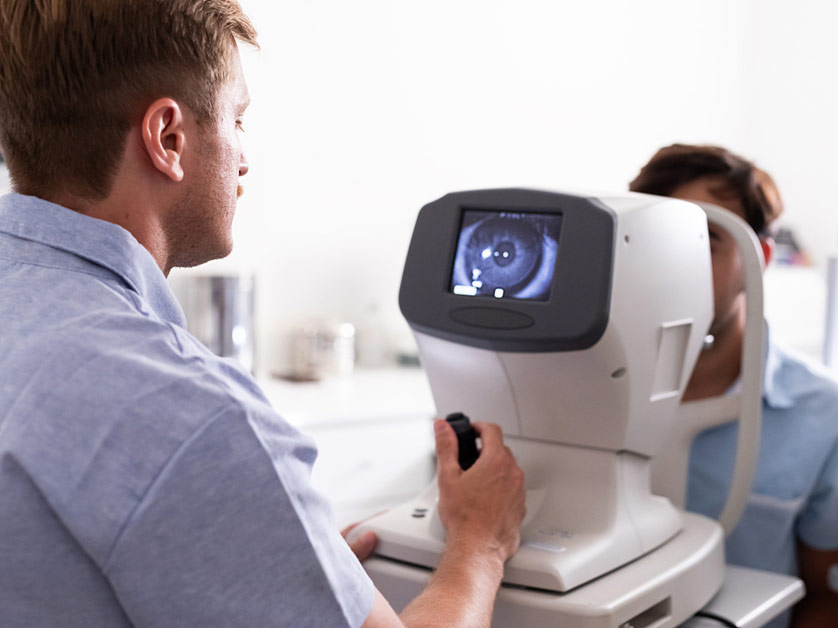
Managing Underlying Conditions That Exacerbate Dry Eye
While dry eye itself is a primary cause of light sensitivity, sometimes other conditions can further complicate these symptoms.
If you suffer from chronic migraines, you might notice that your eyes become especially sensitive to light during an attack. Similarly, patients with a history of brain injury sometimes report that their dry eye symptoms, including light sensitivity, do not fully resolve with routine treatment. In these cases, it is particularly important to work closely with our eye doctors, who can help differentiate between overlapping issues and design a comprehensive treatment plan that addresses all contributing factors.
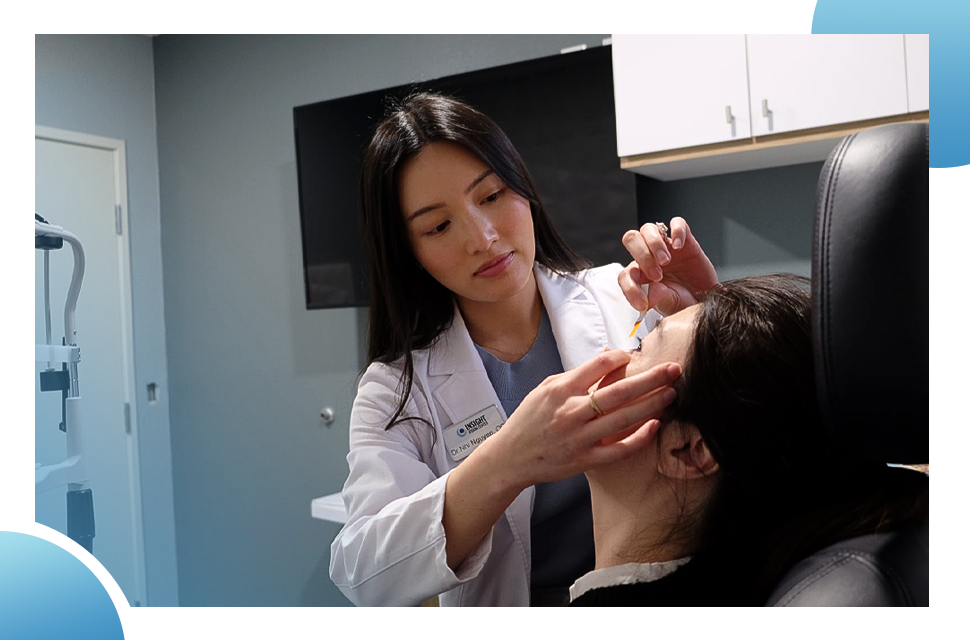
When to Call Our Eye Doctors
If you’re experiencing ongoing light sensitivity that interferes with your daily activities, it’s time to visit our eye doctors, who are here to provide personalized care and explore all available options with you.
We recommend seeking professional help if you notice any of the following:
- Persistent discomfort or pain when exposed to bright or flickering light
- Increased squinting or avoidance behavior in well-lit environments
- Deterioration in your overall vision, such as blurred or fluctuating sight
- Headaches or significant eye strain that coincides with light exposure
Remember, timely diagnosis and treatment can prevent further complications and greatly enhance your quality of life.

The Highest Rated Advanced Eye Care Center In Orange County

What Our Patients are Saying
“I love this office! The staff is so friendly, helpful, and welcoming. Dr. Lam has helped with my dry eye symptoms and myopia and takes the time to explain things thoroughly. I never feel like she is rushing me out of the office to see the next patient. She is extremely knowledgeable and I feel very well cared for. I highly recommend this office!”
⭐⭐⭐⭐⭐
Elaine N.
“More recently I had an issue with super dry eyes and they provided me multiple solutions and care instructions to heal them quickly. What I like is that it’s not all about just solving the issue, they taught me about long term care and what to change to ensure my eyes get the hydration they need.”
⭐⭐⭐⭐⭐
Maria M.

Schedule Your Dry Eye Consultation Today
At Insight Vision Center Optometry, we understand the discomfort and frustration caused by dry eye and its association with light sensitivity. Our eye doctors are dedicated to providing tailored evaluations and effective treatment options that can significantly enhance your quality of life. If you are experiencing symptoms or have concerns, we encourage you to take the next step. Schedule your consultation today and discover how we can help you see the world more clearly and comfortably.

Why choose Insight Vision Center Optometry in Costa Mesa, CA, Dry Eye Treatment
Insight Vision Center Optometry is a premier advanced eye care clinic in Orange County, known for its expertise in managing dry eye and ocular surface diseases using advanced treatments. With over 600 positive patient reviews and a 4.9-star rating on Google and Yelp, our highly trained eye doctors utilize state-of-the-art IPL and other technologies to deliver safe and effective treatments.
If you’re interested in exploring Dry Eye Treatment, contact Insight Vision Center Optometry in Costa Mesa, CA
Call us at (714) 942-1361 to book your appointment, or schedule online.





